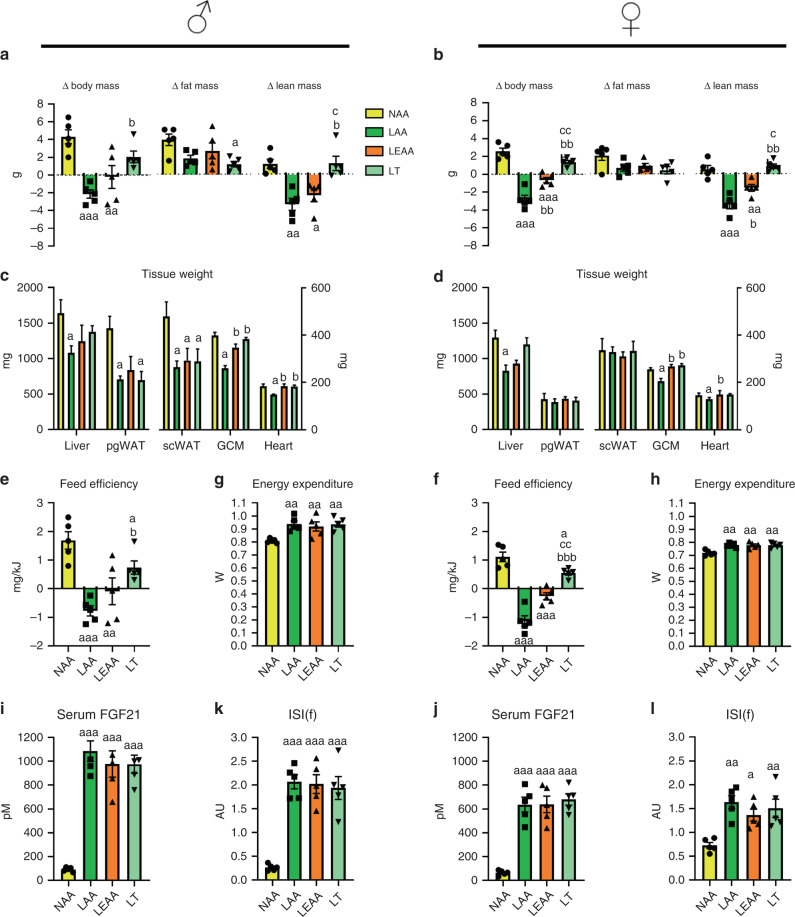Fig. 4. The systemic metabolic response to dietary AA restriction is conserved in mature male and female mice.
a The change in body, fat, and lean mass of 6-month-old male (shown left) mice in response to an 8-week treatment with diets containing 18% from amino acids (normal amino acid; NAA), 4.5% AA (LAA; as of diet B in Fig. 2c), 4.5% essential AA (LEAA; as of diet E in Fig. 2c), and a diet low in threonine but with matching total AA to NAA (LT). Data are mean and SEM (n = 5 individual mice per group). Data were analysed by one-way ANOVA with Holm–Sidak post-hoc tests. Different than NAA: aP < 0.05, aaP < 0.01, aaaP < 0.001. Different than LAA: bP < 0.05, bbP < 0.01, bbbP < 0.001. Different than LEAA: cP < 0.05, ccP < 0.01, cccP < 0.001. b The change in body, fat, and lean mass of 6-month-old female (shown left) mice treated as in (a). c Tissue weights of mice at the end of the treatment as in (a). d Tissue weights of mice at the end of the treatment as in (b). e Feed efficiency during the 8-week treatment of mice as in (a). f Feed efficiency during the 8-week treatment of mice as in (b). g Energy expenditure of mice as in (a). h Energy expenditure of mice as in (b). i Serum fibroblast growth factor 21 (FGF21) levels of mice as in (a). j Serum FGF21 of mice as in (b). k Insulin sensitivity index during fasting (ISI(f)) of mice as in (a). l ISI(f) of mice as in (b).

